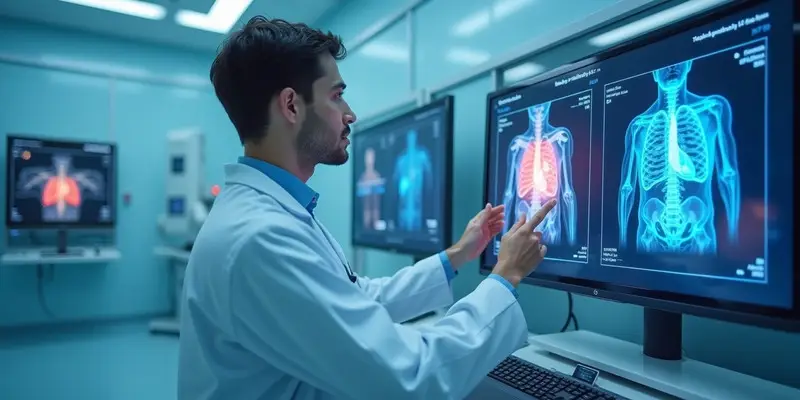- Published on: Feb 27, 2021
- 2 minute read
- By: SecondMedic Expert
Boosting Injured Neural Brain Your Stem Cells
Can your own body hold the key to healing a damaged spinal cord? Imagine a therapy that taps into your body's innate ability to heal, offering hope where once there was despair. Could stem cells unlock the door to recovery? This groundbreaking approach beckons us to explore the potential of our biology in overcoming one of medicine's most daunting challenges. In a world where spinal cord injuries often lead to lifelong limitations, the notion of harnessing our stem cells for repair holds profound significance. Join us on a journey as we unravel the mysteries of regenerative medicine and delve into the realm of repairing injured spinal cords with our stem cells. The possibilities are tantalizingly close, offering a ray of hope to those in search of a brighter future.
The discovery of Stem Cells' Ability
-
Stem cells: The building blocks of life, with the remarkable ability to develop into various cell types.
-
Cellular stem cell therapy: Harnessing the power of stem cells to regenerate damaged tissues and organs.
-
Staminal cell therapy: A cutting-edge treatment method using stem cells to promote healing and repair.
In the realm of medical science, the use of stem cells has emerged as a beacon of hope for treating conditions once deemed incurable. From neurological disorders to spinal cord injuries, researchers are exploring the vast potential of stem cell therapy in restoring function and improving quality of life.
An Overview of Stem Cell Medicines
-
Mesenchymal stem cells: Versatile cells capable of differentiating into bone, cartilage, and other tissues.
-
Endothelial progenitor cells: Vital for blood vessel formation and tissue repair.
-
Online doctor consultation: Accessible guidance and expertise at your fingertips.
-
Picture this: A patient with a spinal cord injury, once confined to a wheelchair, now regaining mobility and sensation. Stem cell therapeutics offer a beacon of hope in the realm of regenerative medicine. But how exactly do these tiny cells hold such immense potential?
Identifying Recovery Mechanism
-
Stem cells possess the unique ability to migrate to sites of injury, promoting tissue repair and regeneration.
-
Mesenchymal stem cells secrete factors that reduce inflammation and stimulate the growth of new blood vessels.
-
Endothelial progenitor cells play a crucial role in angiogenesis, facilitating the formation of new blood vessels to nourish damaged tissues.
The desire for a future where spinal cord injuries no longer mean a lifetime of limitations is palpable. Stem cell therapy offers a glimpse into this future, where individuals can reclaim lost function and independence.
Empowering Patients with Knowledge
-
Seek reputable sources for information on stem cell therapy and treatment options.
-
Consult with healthcare professionals experienced in stem cell therapeutics for personalized guidance.
-
Advocate for continued research and development in the field of regenerative medicine to expand access to innovative treatments.
Conclusion:
The prospect of repairing injured spinal cords using our stem cells holds immense promise. Stem cell therapy has the potential to revolutionize the treatment landscape, offering hope where there was once despair. By enhancing awareness of this groundbreaking approach and fostering a desire for transformative treatments, we are laying the groundwork for a future where spinal cord injuries no longer mean a lifetime of limitations. The journey towards harnessing the full potential of stem cell therapy is well underway, with researchers and healthcare professionals dedicated to pushing the boundaries of what is possible. Now is the time to take action, explore the possibilities that stem cell therapy presents, and pave the way for a brighter, more hopeful future. Together, let us embark on this journey towards healing and restoration, fueled by the incredible potential of our stem cells.
Read FAQs
A. Yes, under certain conditions, stem cells have the potential to regenerate damaged brain cells.
A. Factors like exercise, a healthy diet, and sufficient sleep may support the growth of stem cells in the brain.
A. Stem cell therapy shows promise in treating neurological diseases, but further research is needed for full understanding.









